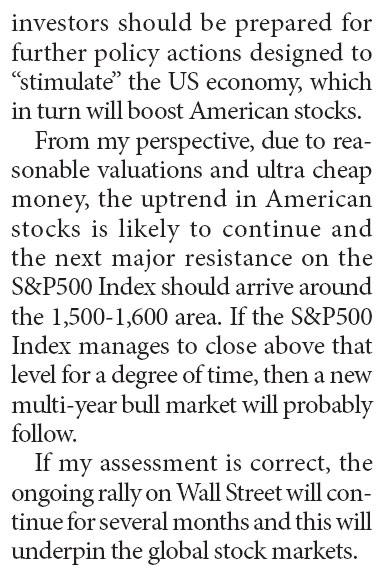Understanding Student Loans: What is the Average Student Loan Interest Rate and How It Affects Your Financial Future
#### What is the average student loan interest rateWhen it comes to financing your education, understanding the nuances of student loans is crucial. One of……
#### What is the average student loan interest rate
When it comes to financing your education, understanding the nuances of student loans is crucial. One of the most important factors to consider is the average student loan interest rate. This rate can significantly impact the total cost of your education, affecting how much you will owe after graduation and how long it will take to pay off your loans.
#### Current Trends in Student Loan Interest Rates
As of 2023, the average student loan interest rate varies depending on the type of loan. For federal student loans, the rates are set by Congress and can change annually. For the 2022-2023 academic year, the interest rates for federal direct loans are typically around 4.99% for undergraduate students, 6.54% for graduate students, and 7.54% for PLUS loans. Private student loan rates, on the other hand, can fluctuate based on the lender, your credit score, and market conditions, often ranging from 3% to 12%.

#### The Impact of Student Loan Interest Rates on Borrowers
Understanding what is the average student loan interest rate is vital for prospective and current students. Higher interest rates mean higher monthly payments and more money paid over the life of the loan. For example, a $30,000 loan at a 4.99% interest rate paid over 10 years will result in approximately $3,500 in interest paid. Conversely, if the interest rate were 7.54%, the total interest paid could exceed $5,000. This difference can significantly affect your financial situation post-graduation.
#### How to Manage Student Loan Interest Rates
To mitigate the impact of student loan interest rates, borrowers can take several steps. First, it’s essential to shop around for the best rates, especially for private loans. Additionally, consider federal loans first, as they often come with lower interest rates and more flexible repayment options. Borrowers should also explore options like income-driven repayment plans, which can adjust monthly payments based on income, potentially reducing the financial burden.

#### Refinancing Student Loans
Another option to consider is refinancing. If you have existing student loans with high interest rates, refinancing could help secure a lower rate, reducing your monthly payments and overall interest paid. However, it’s crucial to weigh the pros and cons, as refinancing federal loans into private loans can result in losing certain borrower protections.
#### The Importance of Financial Literacy
Ultimately, understanding what is the average student loan interest rate is part of a broader need for financial literacy among students. The more you know about how interest rates work, the better prepared you will be to make informed decisions about borrowing. This knowledge can help you plan your budget, manage your debt effectively, and make strategic choices about your education financing.

In conclusion, the average student loan interest rate is a critical factor that influences your financial future. By staying informed and proactive about your student loans, you can navigate the complexities of borrowing and make choices that align with your long-term financial goals. Whether you are just starting your educational journey or are already managing student debt, understanding interest rates is essential for achieving financial stability.